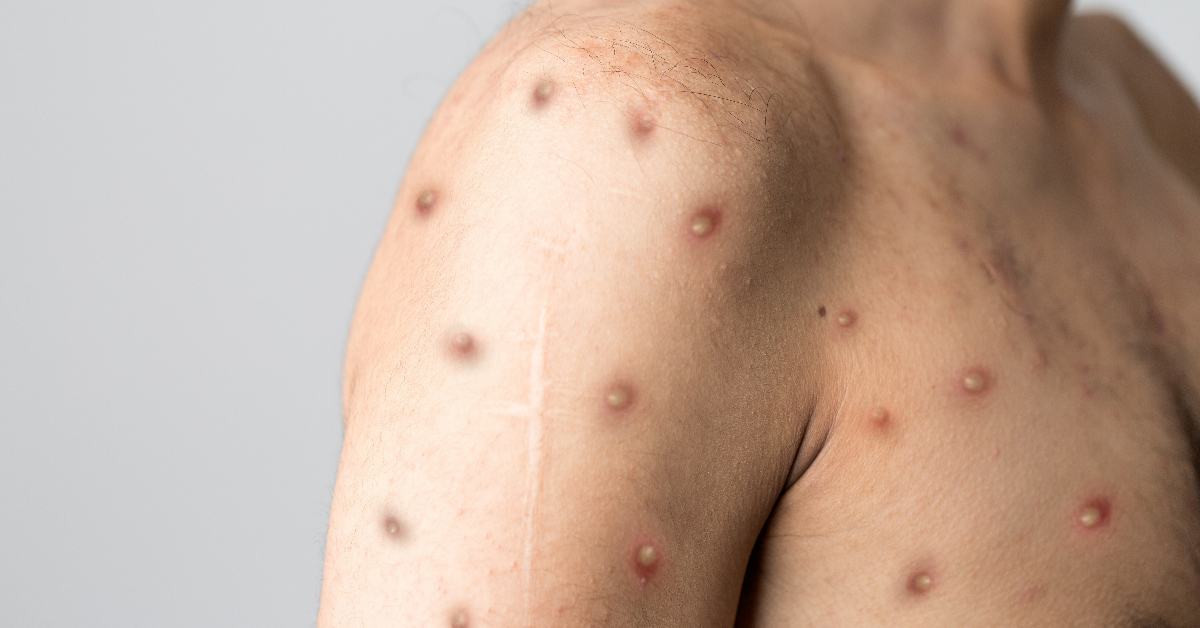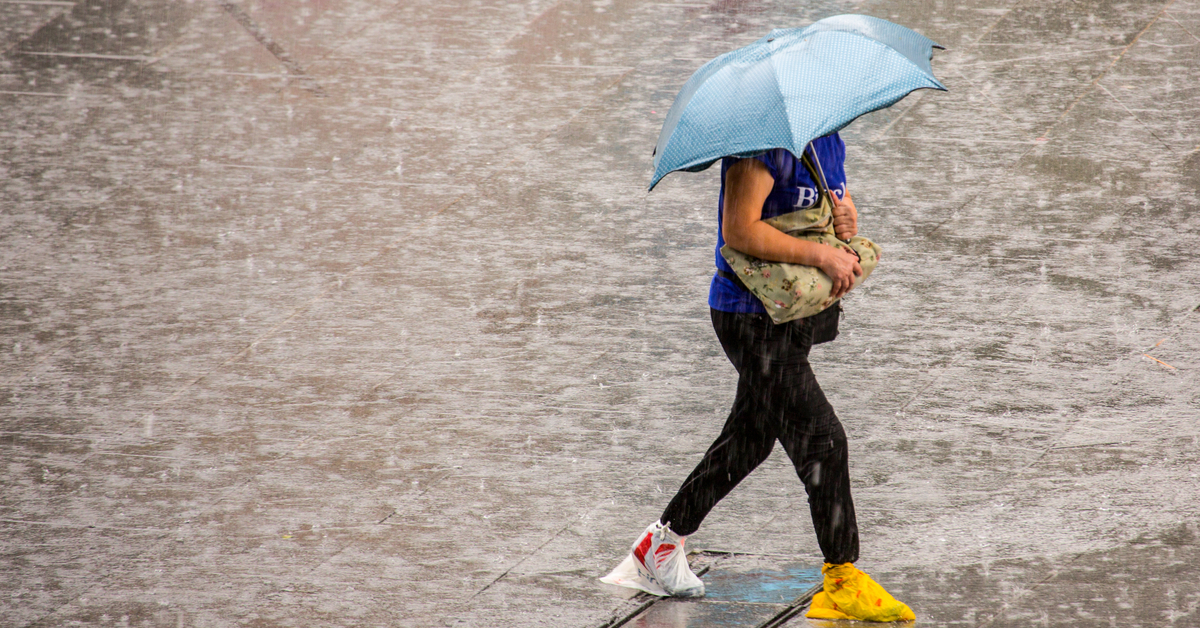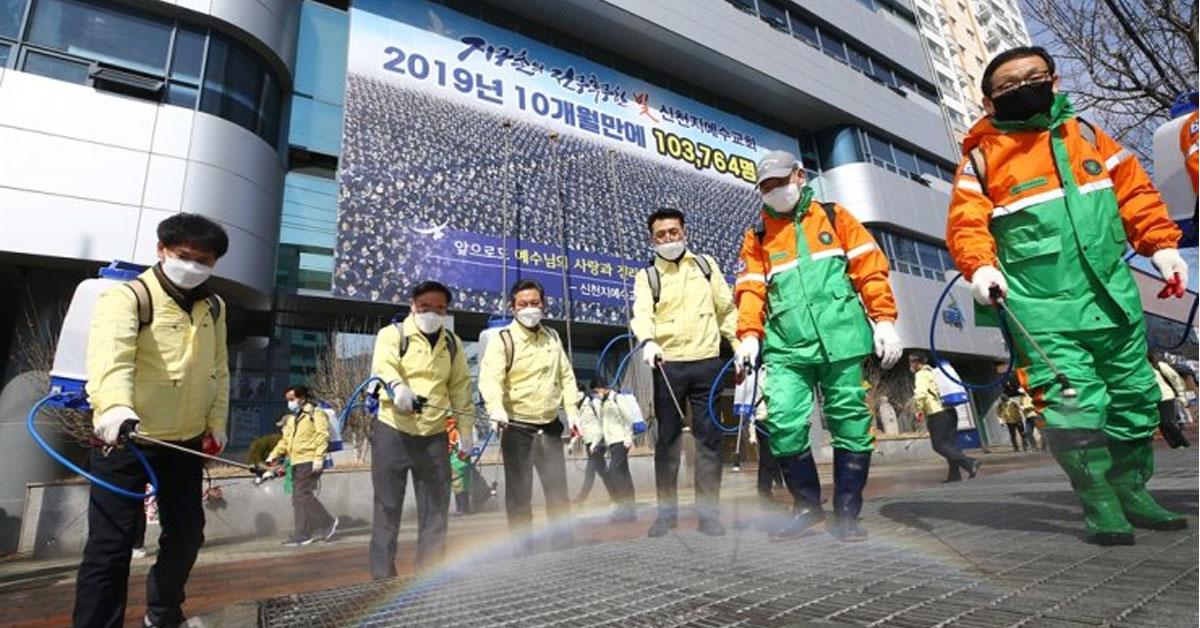The ninth monkeypox case in Singapore has just been reported yesterday (25 Jul).
It should be noted that all nine cases have been men thus far.
According to Ministry of Health’s (MOH) updated website, the latest patient Is a 31-year-old Philippine national.
He came down with a fever on 21 July, and subsequently developed rashes on his face and at his perianal region before it spread further to the other parts of his body.
He sought medical care at Singapore General Hospital (SGH) on 24 July and was tested positive for monkeypox the very next day.
His medical condition is stable.
Contact tracing is still ongoing.
Close contacts will be quarantined for 21 days while lower-risk contacts will be placed under phone surveillance for the same duration.
The MOH added that the man’s infection is not linked to any of the previous cases.
People Who Might Be At Risk
Monkeypox is a self-limiting disease that has an incubation period of 14 to 21 days.
For precautionary measures, it’s recommended that the consumption of bushmeat should be avoided, as patients tend to contract monkeypox through animal-to-human viral transmission at first.
For human-to-human transmission, monkeypox tends to spread over prolonged exposure to the infected or close contact. It can also spread through the patient’s bodily fluids like blood, semen and respiratory droplets, as well as skin lesions or other contaminated materials.
Practising good hygiene is highly recommended.
Returning travellers, especially those returning from areas with monkeypox outbreaks, should monitor their own condition and seek immediate medical attention if they develop any telling symptoms, such as high fever, swollen lymph nodes and rashes within three weeks of their return.
They inform their consulting doctor of their recent travelling locations or risk history.
As such, the MOH has been engaging the at-risk population through community partners to raise awareness of monkeypox transmission.
The “at-risk population” includes persons who take part in high-risk sexual activities.
While MOH didn’t directly respond to Channel News Asia’s clarification about which population the term referring to, a report published by the New England Journal of Medicine last week has shown that 98% of 528 cases in the study were gay or bisexual men.
It’s suspected that transmission occurred through sexual activity in 95% of those infected.
The underlying suggestion here is probably use condoms and practice safe sex.
Featured Image: Shutterstock / Berkay Ataseven



